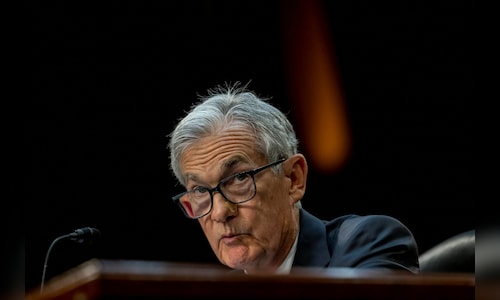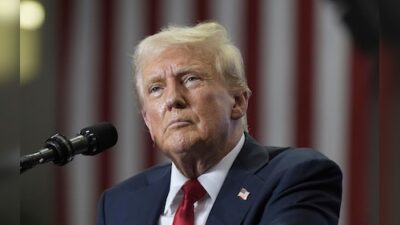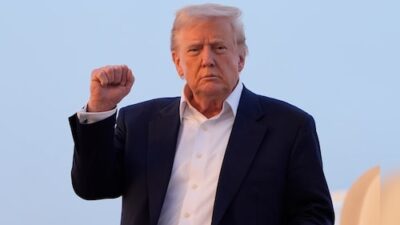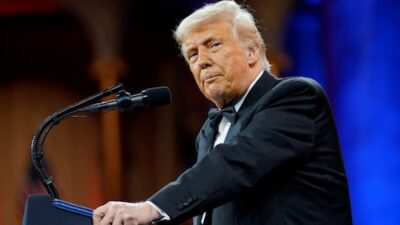During their fourth consecutive meeting on Wednesday (June 18), the Fed decided to maintain its key rate and indicated that the economy is growing at “a solid pace.” Typically — though not always — adjustments to the Fed’s rate affect borrowing costs related to mortgages, auto loans, credit cards, and business loans.
The central bank also shared its most recent quarterly forecasts for the economy and interest rates, predicting noticeably slower growth, increased inflation, and a slightly higher unemployment rate by year-end compared to its March estimates, which were made before President Donald Trump implemented significant tariffs on April 2.
Also Read: US jobless claims stabilise near highest levels this year
Many of these tariffs were delayed until April 9. Additionally, the Fed indicated it would only reduce rates once in 2026, down from two anticipated cuts in March.
According to its preferred measurement, Fed officials forecast inflation to rise to 3% by year-end, up from 2.1% in April. The unemployment rate is expected to increase to 4.5%, a rise from the current 4.2%. Economic growth is projected to decelerate to a mere 1.4% this year, compared to 2.5% the previous year.
Despite a more pessimistic outlook, Fed Chair Jerome Powell and other officials emphasized their decision to maintain the current key rate due to uncertainty around the tariffs’ effects and the broader economic landscape.
Some policymakers expressed particular apprehension that the tariffs could lead to higher prices, triggering another inflation surge just a few years after the most significant inflation increase in four decades. Many economists argue that absent the elevated import taxes, the Fed would likely be reducing its rate more aggressively.
Also Read: Trump’s ‘Made in America’ smartphone likely to be built in China, say experts
So far this year, inflation has eased to 2.1% in April, nearly aligning with the central bank’s target of 2%. Core inflation, excluding the volatile food and energy sectors, is still elevated at 2.5%.
Trump has highlighted the modest inflation rates to suggest that the Fed should decrease borrowing costs and has consistently criticized Powell for refraining from doing so. On Wednesday, he labeled Powell “stupid” and accused him of engaging in “political” maneuvers by not cutting rates.
Previously, Trump argued that a rate reduction would energize the economy. Now, however, his attention has turned to increased federal borrowing costs, which have surged since the pandemic, leading to interest payments exceeding an annual rate of $1 trillion.
Pushing the Fed to lower rates solely to alleviate government interest payments raises concerns among economists, as it poses a risk to the Fed’s congressional mandate focused on ensuring stable prices and maximum employment.
Also Read: US judge blocks Trump passport policy targeting transgender people
One of Trump’s grievances is that the Fed is not lowering rates while other central banks globally have reduced their borrowing costs, including those in Europe, Canada, and the U.K. The Bank of Japan kept its key short-term rate steady at 0.5% on Tuesday, having recently raised it.
Meanwhile, the European Central Bank, Bank of Canada, and Bank of England have lowered their rates this year, partly due to the economic weakening caused by U.S. tariffs. Thus far, the US economy remains relatively strong, with low unemployment rates.
The Bank of England has cut its rate twice this year but is expected to hold it steady at 4.25% during its upcoming meeting on Thursday.



